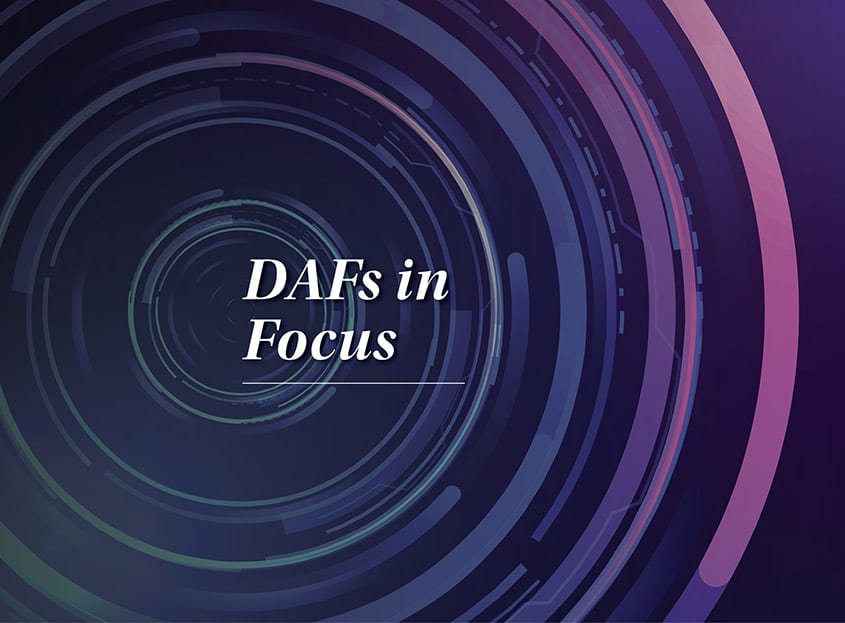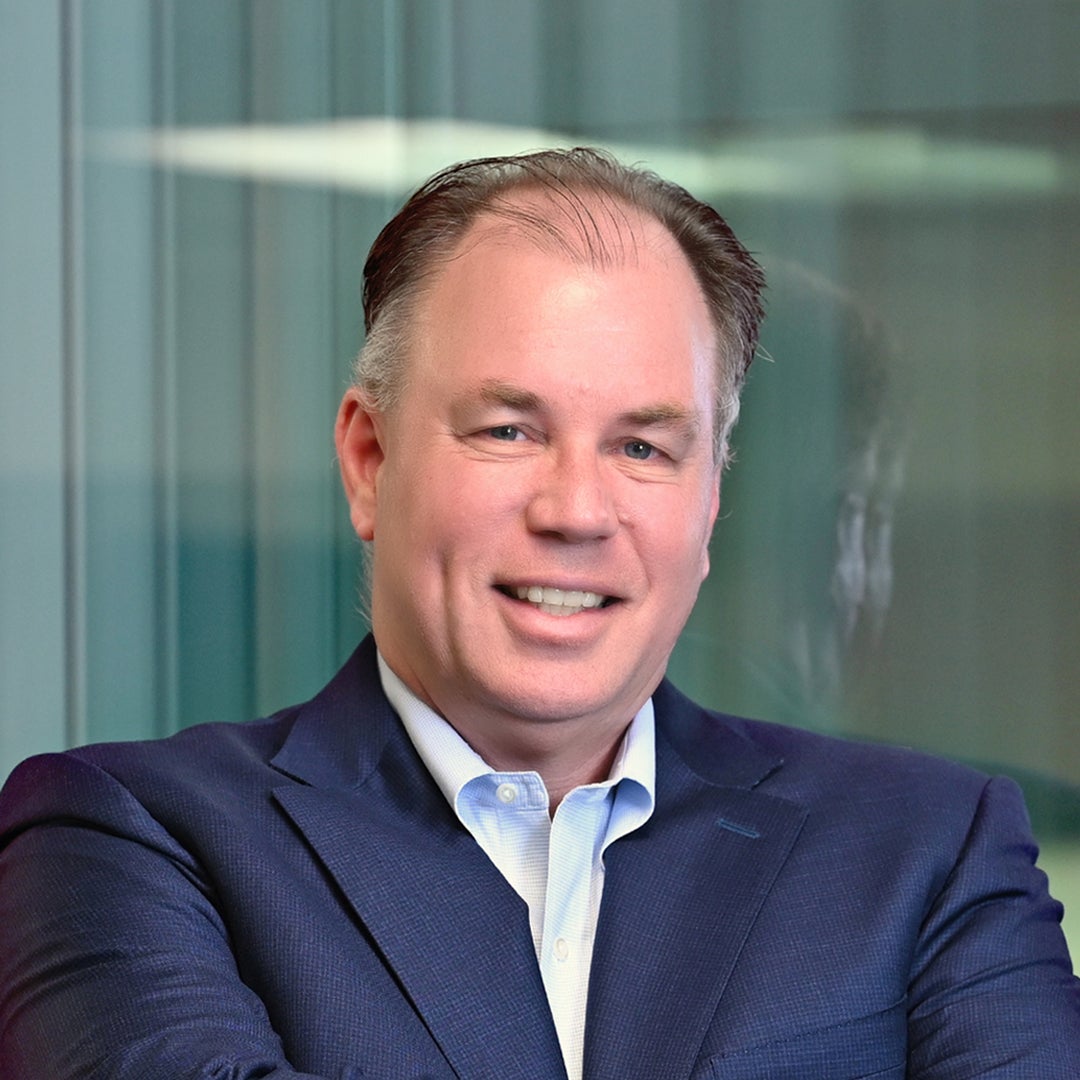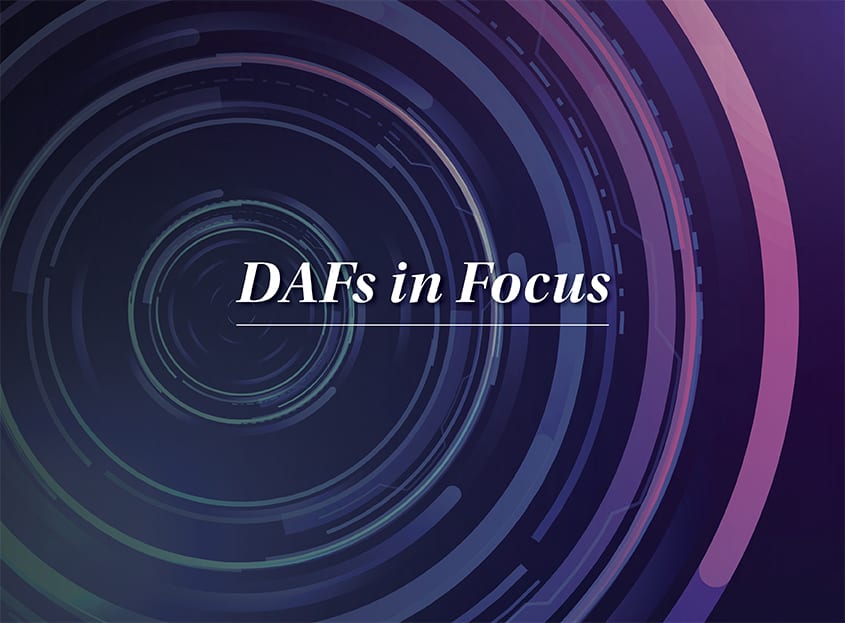DAFs in Focus: DAFs Are Active Grantmaking Vehicles

Donor-advised funds (DAFs) have grown in popularity in recent years because of their flexibility and efficiency in philanthropic giving. DAF contributions now make up about 13 percent of all individual charitable giving in the U.S. With increased prominence comes new curiosity. In our new DAFs in Focus series, we focus on some of the unique features of DAFs and provide the facts about philanthropic giving in the donor-advised fund sector.
Donor-advised funds (DAFs) are sometimes described by critics as “warehouses” for charitable dollars, where assets lie dormant and forgotten rather than put to good use. But DAFs are more accurately described as “greenhouses” for philanthropy. Here’s why.
First and foremost, once a donor contributes to a donor-advised fund, every dollar must be used for legitimate charitable purposes. Contributions to DAFs are irrevocable, and anti-abuse rules prohibit DAFs from providing financial benefits to donors or their family members.
As DAF assets grow, so too do the dollars dedicated to charitable organizations and causes. The industry-wide DAF payout rate has averaged over 20% for the last decade. This rate is four times higher than that for private foundations, where the payout for more than $1 trillion in assets typically sits close to the legally required 5%. Total dollars donated by DAFs have nearly doubled over the last five years. DAF grantmaking provides an immensely positive effect on the philanthropic landscape, with DAFs contributing more than $27 billion to charities in 2019 alone.
DAFs also step up in times of social need. In the first half of 2020 grantmaking from DAF donors increased by about 30% by dollar value, totaling $8.3 billion delivered to charities, and 37% by volume, with 1.2 million grants.
Of course, greenhouses require careful tending. Most DAF sponsoring organizations have institutional policies in place that ensure active grantmaking. At NPT, less than 1% of DAF accounts fail to make at least one grant every three years. NPT contacts the donors to such DAF accounts and prompts them to initiate a grant recommendation.
DAF donors have proven that they are active philanthropists, putting their DAFs to work through grantmaking for charitable purposes every day while also allowing funds to grow for future use.
NPT does not provide legal or tax advice. This blog post is for informational purposes only and is not intended to be, and shall not be relied upon as, legal or tax advice. The applicability of information contained here may vary depending on individual circumstances.


